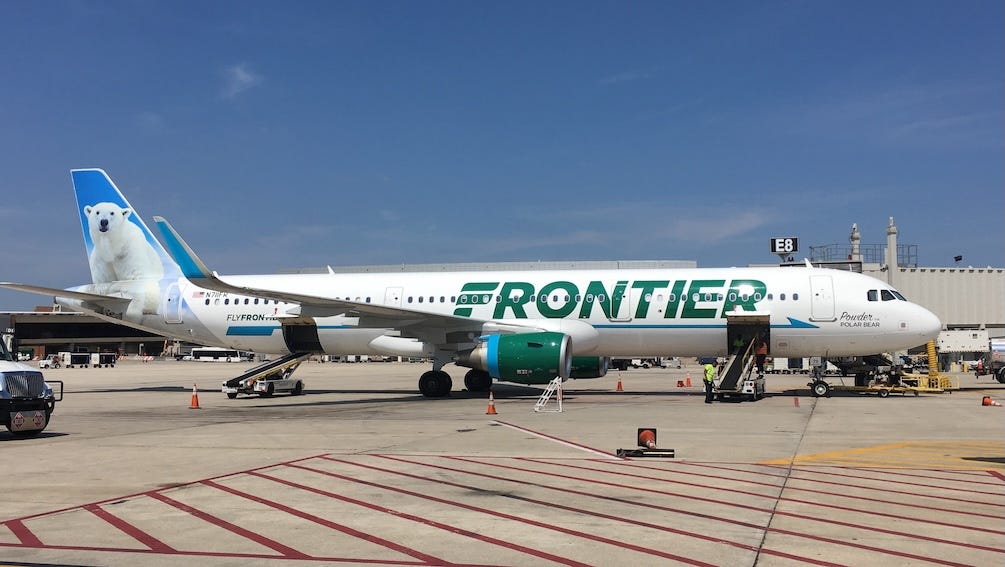Frontier's First Class Opportunity
Installing comfy seats is a good idea for the budget carrier, but half of the gains in their forecasts come from fleet expansion rather than the new cabin per se
Low cost airlines are not necessarily low fare. They have bargains, for sure, but like all airlines use the techniques of pricing and revenue management to try and extract maximum willingness to pay from travel buyers. A well-managed airline will simultaneously be among the cheapest and the most expensive in the market.
So when I heard that Colorado-base…
Keep reading with a 7-day free trial
Subscribe to Airline Revenue Economics to keep reading this post and get 7 days of free access to the full post archives.

